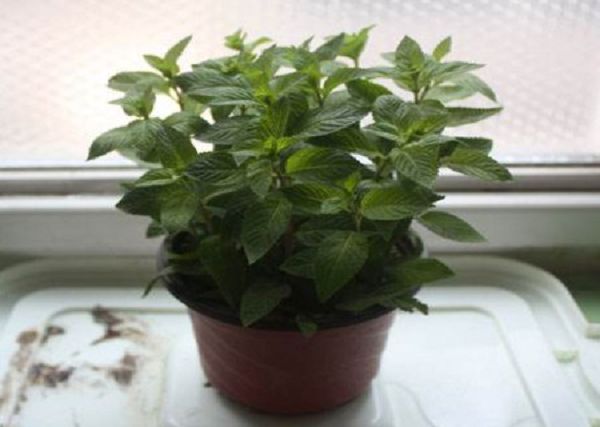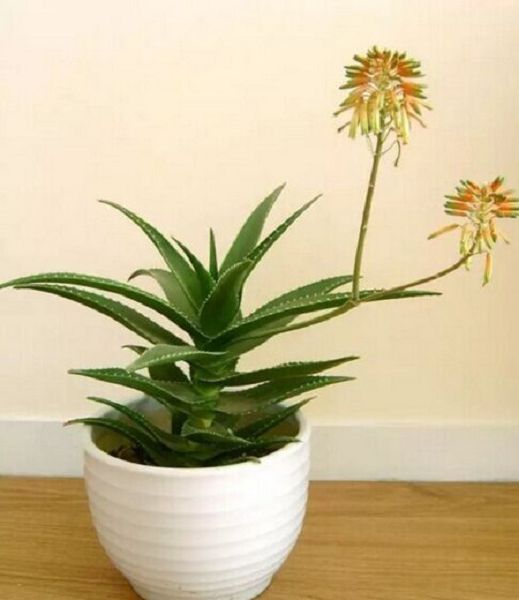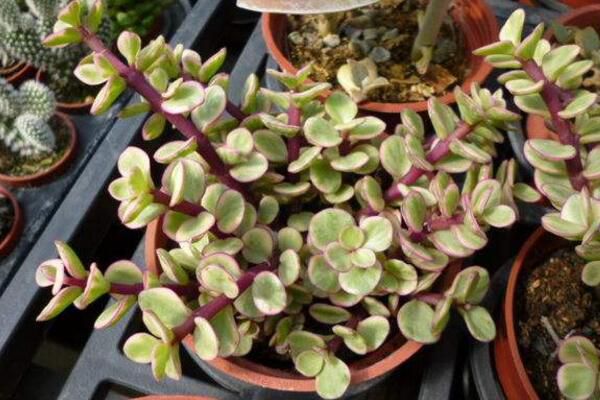Does mint need to be fertilized? How to fertilize?

Peppermint, as if tirelessly exudes a fresh aroma, will not stop until late at night, thus getting the title of night fragrance. Peppermint tenacious vitality, almost all kinds of soil can grow, the unique aroma is relaxing and pleasant, is a particularly practical garden plant.
Flower friends can plant mint plants on their balconies and gardens, pick a few leaves at any time, make a pot of fragrant tea, sip clear tea, sit leisurely in their chairs and read books, and relax. So, does mint need to be fertilized? How to apply fertilizer? Please read on and the editor will answer them for you one by one.
Does mint need to be fertilized?
Peppermint likes fertilizer, so pay attention to the application of thin fertilizer during its growth period. Generally, about 10 to 15 days, a liquid fertilizer of 1% Devordo series of 400 is used at a time. Stop fertilizing in winter, or you can use Dvordo bio-organic fertilizer (particles) to bury it shallowly along the edge of the flowerpot, without the need for liquid fertilizer.
How to fertilize mint?
In fact, mint fertilization is mainly nitrogen fertilizer, supplemented by phosphorus and potassium, and thin fertilizer is applied frequently. The cultivated soil was prepared with 4 parts of well-drained loam and 1 part of mixed organic fertilizer, and fertilized once every 1-2 months.
Domestic potted mint should be fertilized 3-5 times a year, which can be combined with weeding. In order to promote more luxuriant stems and leaves during the growing period, mainly apply nitrogen fertilizer, phosphorus and potassium fertilizer, thin fertilizer can be applied frequently, you will find that one or two small ones can grow into one.
Mint fertilizer is enough to give water-soluble diluted liquid fertilizer, of course, if you have some organic compost or manure can also give some, of course, it should be mature. Remember not to apply heavy fertilizer, thin fertilizer frequently, and less fertilizer in winter.
In the process of peppermint planting, fertilization is very important. What should we pay attention to in mint fertilization? Next, the editor will introduce the matters needing attention to the fertilization of mint.
Matters needing attention for fertilization of mint:
Mint has a long growing period and needs a large amount of fertilizer. in addition to applying sufficient base fertilizer, topdressing should be applied for 2-3 times, and urea is recommended. The amount of topdressing fertilizer varies with soil, and those with middle and high fertility generally adopt the fertilization method of first controlling and then promoting, that is, light application of seedling fertilizer and branch fertilizer from March to April to prevent overgrowth in the early stage, resulting in defoliation and lodging in the later stage.
The fertilizer was applied again in mid-early June, and no more fertilizer was applied after that. During the growth period of mint, foliar fertilizer should be sprayed according to the growth of seedlings, and phosphate fertilizer should be sprayed generally.
Potash fertilizer has a very obvious effect on increasing production, which can increase the yield by 10%, 15%, but the following problems should be paid attention to when spraying foliar fertilizer:
The concentration range of ① foliar fertilizer should be strictly controlled. If the concentration is too low, there will be no yield increase, and the phenomenon of seedling burning will occur if the concentration is too high. It is generally sprayed with a mixture of 1% calcium superphosphate and 0.1% potassium chloride.
Spraying foliar fertilizer on ② should be carried out in cloudy or sunny evening. In the later stage of peppermint growth, a large amount of nitrogen, phosphorus and potassium nutrients, especially nitrogen fertilizer, are needed. At this time, the root has gradually aging, or due to other factors, the root absorption capacity is weakened. Urea can also be used for extra-root topdressing, because urea is a neutral fertilizer, does not burn the leaves of peppermint, will not cause fallen leaves and affect the yield.
Related
- Fuxing push coffee new agricultural production and marketing class: lack of small-scale processing plants
- Jujube rice field leisure farm deep ploughing Yilan for five years to create a space for organic food and play
- Nongyu Farm-A trial of organic papaya for brave women with advanced technology
- Four points for attention in the prevention and control of diseases and insect pests of edible fungi
- How to add nutrient solution to Edible Fungi
- Is there any good way to control edible fungus mites?
- Open Inoculation Technology of Edible Fungi
- Is there any clever way to use fertilizer for edible fungus in winter?
- What agents are used to kill the pathogens of edible fungi in the mushroom shed?
- Rapid drying of Edible Fungi



